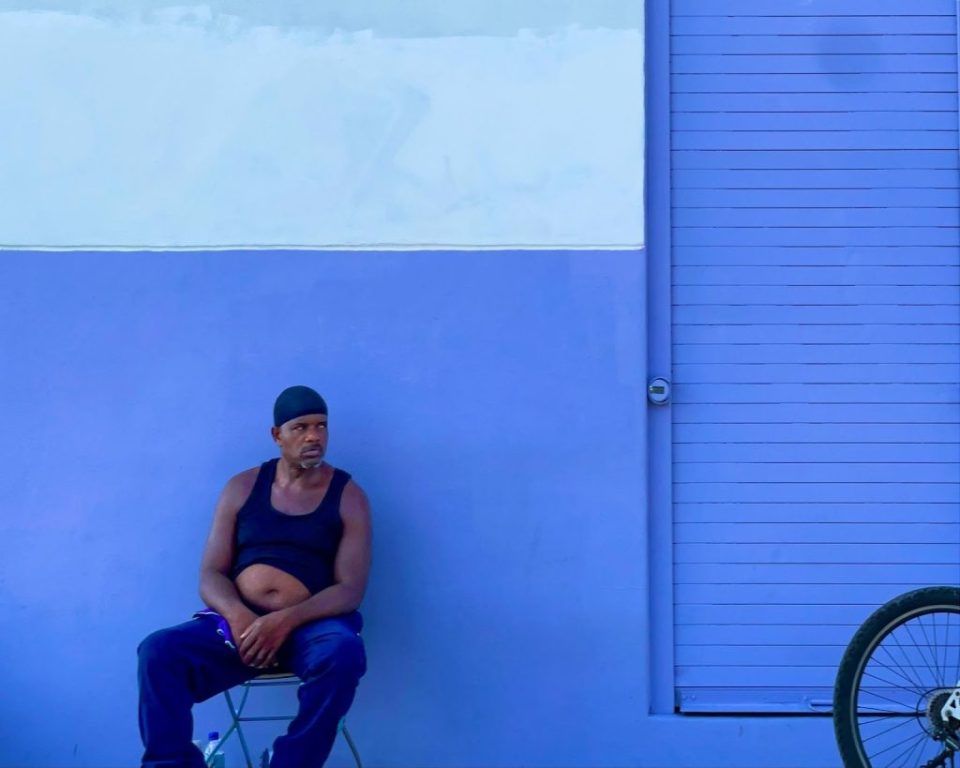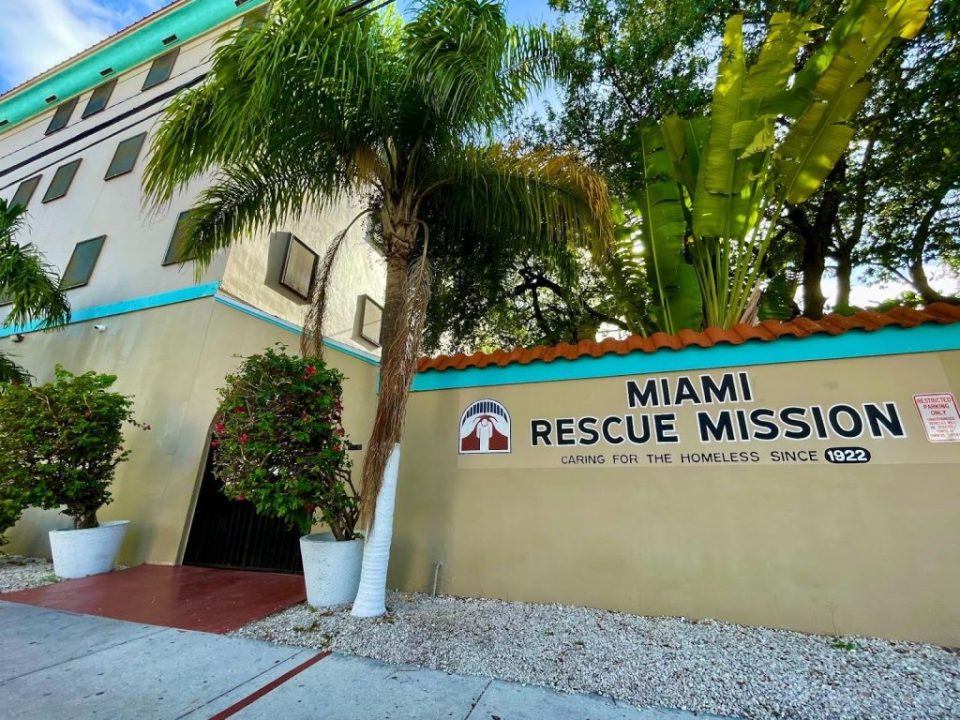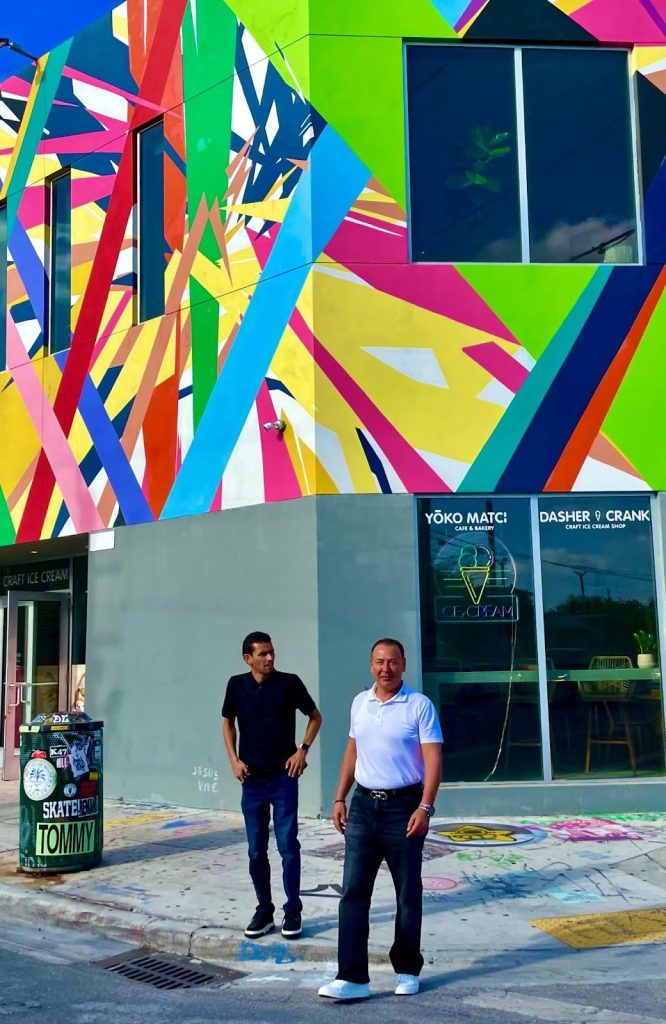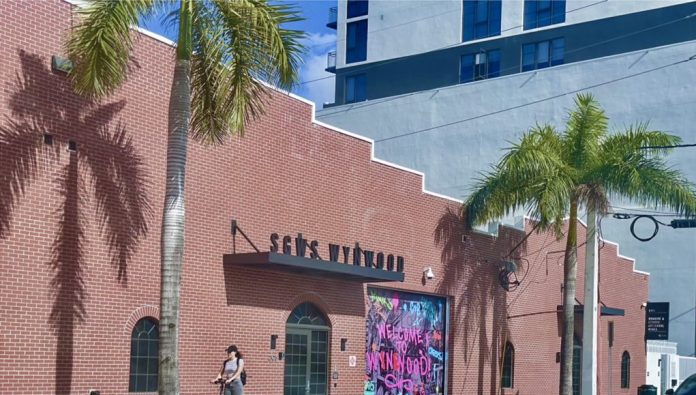|
Getting your Trinity Audio player ready...
|
One of Miami’s trendiest and most vibrant neighborhoods. Located north of Downtown Miami and Overtown, neighboring Edgewater to the east and Allapattah to the west. Today, Wynwood is a hotspot for tourism and entertainment, known for its rich arts and culture scene and “hip” nightlife. Click here to view this project as an interactive ArcGIS Storymap.
History
The neighborhood, originally known as Wyndwood, was developed in the early 1920s as a working-class residential neighborhood, attracting laborers and manufacturers employed in the industrial Garment District just a few blocks south.
These laborers included many Jewish families from New York City, who migrated to the neighborhood throughout the early portion of the 20th century. By the 1950s, the neighborhood had become an enclave for Puerto Rican immigrants, causing the area to earn the nickname “Little San Juan.”
But, over time, manufacturing companies in the Garment District began outsourcing their labor overseas. Then, the construction of I-95, in the early 1960s, diverted traffic away from the district, leading remaining warehouses to close, and the families to relocate. By the time of the 1980 Miami Riots, the neighborhood was already in steady decline.
During the early 1990’s conversation began around converting the neighborhood and its mostly shut-down businesses into a hub for arts and culture.
In 1993, the Rubell Family Collection opened a fine-art gallery in one of the neighborhood’s oldest warehouses. The gallery, which would come to be known as the Rubell Museum , set the stage for several more studios and galleries to open in the decades since. Many artists have also taken to the streets, covering the walls of former factories and businesses with a robust array of murals and Graffiti showcasing Miami’s rich cultural tapestry. 
Today, vibrant art has been spray-painted along the walls of factories and businesses in the formerly working-class neighborhood.
Present Day
Wynwood’s story is not all too different from the classic gentrification narrative.
Working class neighborhood goes downhill and is revitalized by well-meaning folks in the arts.
Today Wynwood is, after all, considered a thriving economic, cultural, and social space.
But what about those left in the wake of urban renewal efforts? Those who gentrification leaves behind?
While a hotspot for tourism and local entertainment, the trendy Wynwood neighborhood also has a significant unhoused community.
Scattered between newly developed residential high-rises and businesses, a handful of homes remain from Wynwood’s early days. Also present throughout pockets of the neighborhood are several public housing complexes dating to the mid-1970s and early 1980s. Wynwood also houses the Miami Rescue Mission , a homeless shelter that has served the community since 1922.
The Miami Rescue Mission has served people experiencing homelessness in the area since 1922.
The following photo essay explores the juxtaposing social and economic forces visible in an 8-block radius surrounding the Miami Rescue Mission in the Southwest portion of Wynwood (and parts of Overtown).

Wynwood is an example of the juxtaposing socio-economic disparities present throughout urban America.
This story is part of a collaboration between Miami’s Community Newspapers and the Lee Caplin School of Journalism & Media at Florida International University.






